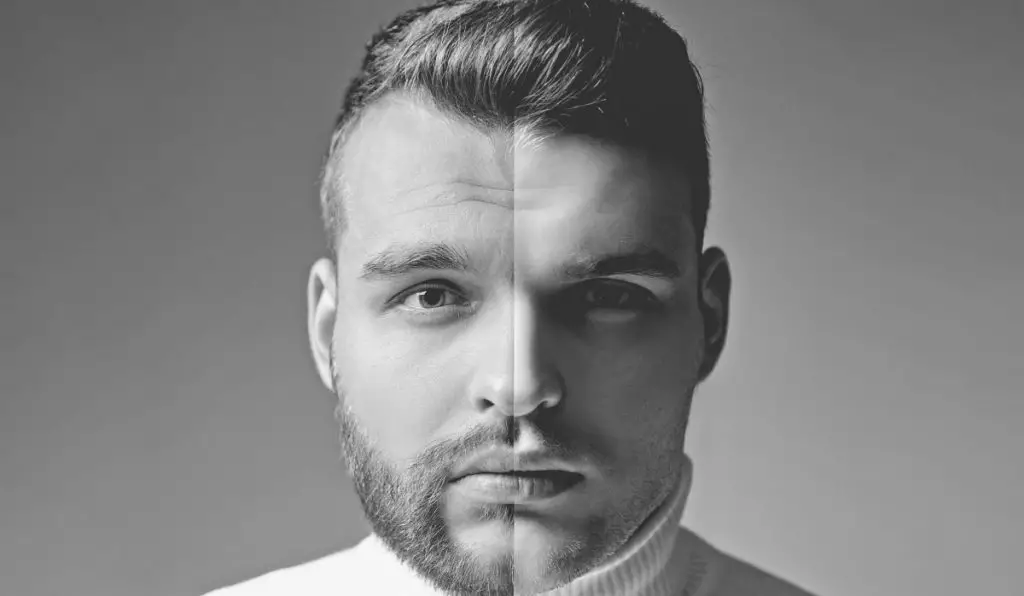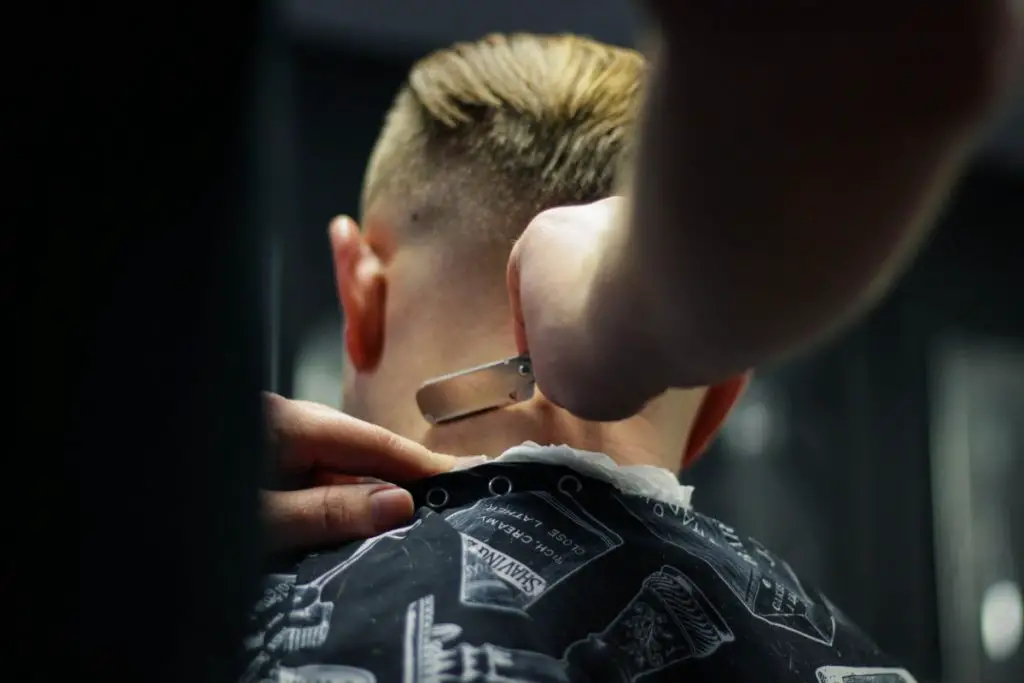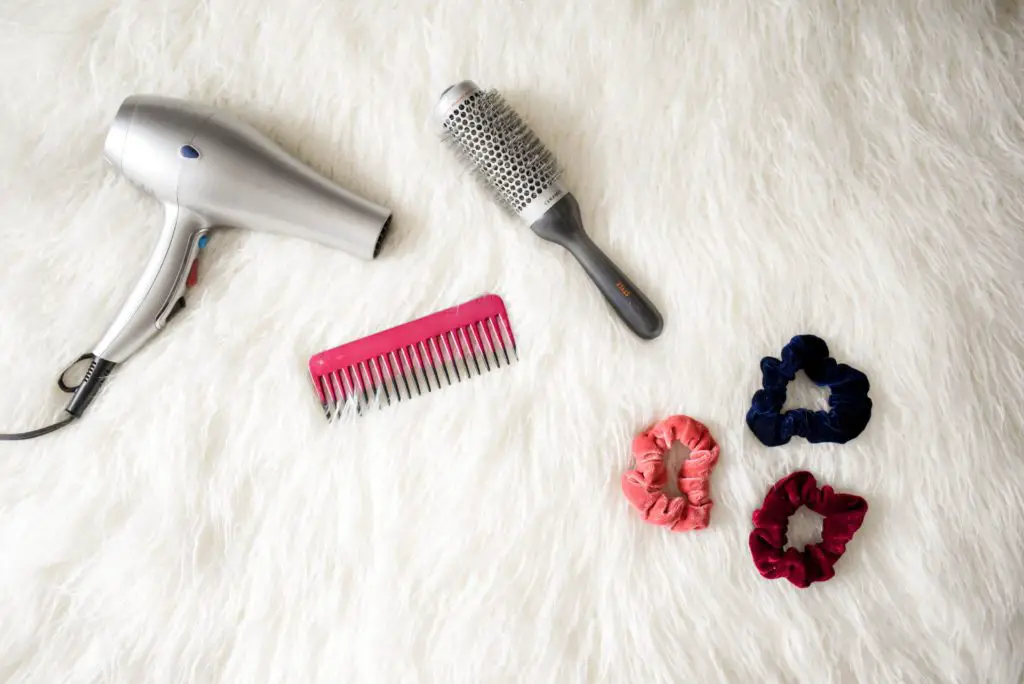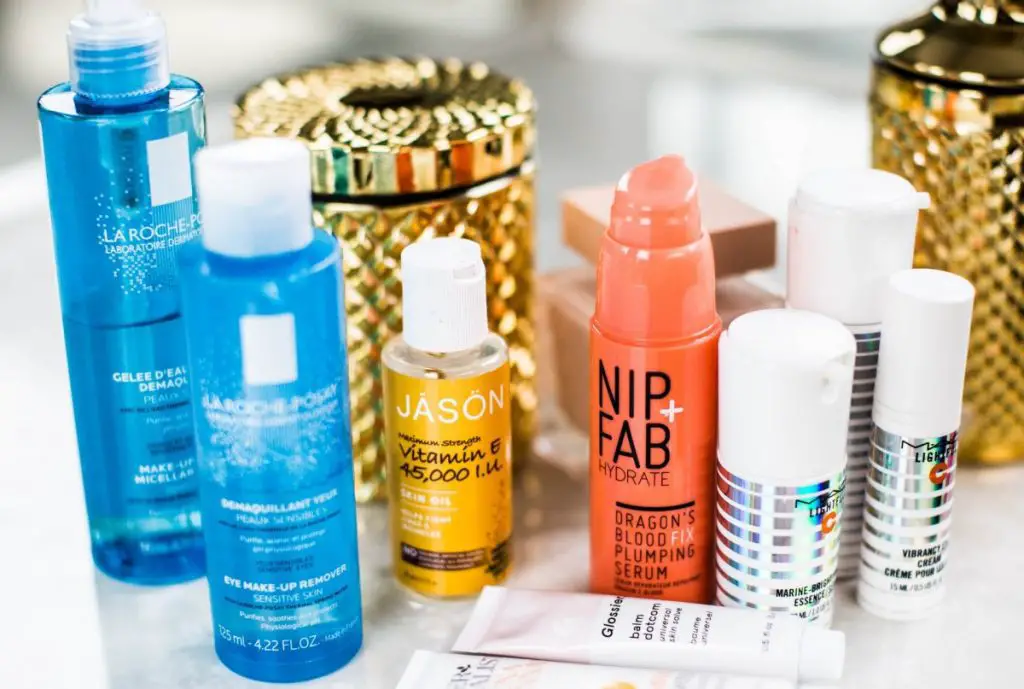
You’ve likely seen pictures of celebrities and social influencers with impeccable hair that lies flat, goes back, and stays put — styled and combed to perfection.
And yet, your own hair seems to have a mind of its own — curling, puffing, and frizzing in all different directions, leaving you to wonder if it will ever go back the way you want it to.
Is it possible to train your hair to go back? Yes, it is possible to train your hair to go back. Hair has a particular growth pattern that begins with the hair follicles underneath your scalp and cannot necessarily be changed. To train your hair to go back you will start a habit of styling it your desired manner and evaluate a few home products that will help to keep your hair in place in the short term. Over time and with a bit of patience you can train your hair to go back.
The amount of time it requires to achieve the look you want will depend on your hair type as well as the natural direction of growth.
Continue reading to learn more about how to get your hair to lie flat and back, as well as what to do to help keep your hair in place in the meantime.
Table of Contents
Training Your Hair: Can it be Done?
It seems that it would be impossible to “train” your hair. And, in a sense, training your hair is not quite the same as training in the traditional sense.
When we talk about training hair, we’re talking more about methods that will help to encourage your hair to do what you want it to — versus what heredity and humidity seem to dictate.
But before we get into a few approaches that will help to keep your hair flat and slicked back, we have to understand a bit about growth patterns and the importance of a good cut.
Hair Growth Patterns
One thing is for certain — everyone’s hair is different, and each person’s hair does not grow in the same way. When we talk about hair growth patterns, we’re talking about the angle and direction in which your hair grows naturally.
Most people have growth patterns that affect only a portion of the hair. The most commonly known isolated growth patterns at the front of your hairline are cowlicks and a widow’s peak.
A cowlick is simply a section of hair that grows and either stands straight up or lies at an angle that is the opposite of or at odds with the rest of your hair. Unfortunately, pesky cowlicks can make a slicked-back look harder to achieve – but not impossible.
The reality is that we all have a particular growth pattern — or patterns — and we can thank our parents for our unique hair characteristics. But that doesn’t mean you are doomed to forever live with a stubborn cowlick or style that doesn’t fit your personality and features.
There are ways to get your hair to lie flat and back, while also working with your individual growth patterns. And the first thing you’ll need to make sure you do is get a good cut.
The Importance of a Good Cut

When the goal is getting your hair to lie flat and go back, your haircut is the foundation with which you will need to begin to work with and train your hair.
If you want your hair to lie flat and back, the right cut is important, especially if you have a cowlick. A cut that is too short isn’t going to work well, and it is going to make a cowlick much more difficult to tame — and much more noticeable too.
If you do want a shorter cut, it is important that there is enough length around the cowlick to allow you to work with it versus having it work against you. And, for a slicked back look, you’ll definitely need some length — in general 4 to 6 inches.
So, your first step is to ensure you get a good, proper haircut for the look you want to achieve. Talk to your stylist about a cut with shorter hair in the back and on the sides, and hair long enough on the top to keep it both flat and slicked back.
Once you have the right cut, you can begin working with and training your hair to go back.
Training Your Hair to Go Back – Simple Steps to Make it Work
We’ve all seen the pictures of perfectly styled slicked-back locks. It’s been an incredibly popular hairstyle for men — and some women, too — for quite some time.
We already talked about the first step — and the most important one — getting the right haircut. Next, we’ll go through a few more ways to get you the look you want.

Brush or Comb Your Hair in the Shower
Whether you are washing or using a conditioner, keep a wide-tooth comb in the shower and use it to comb your hair back as you clean and condition. Not only will this help to train your hair back, it will also evenly clean and coat your hair.
Then, towel dry — but do so lightly. You’ll want your hair to still be damp so that you can use a blow dryer — an essential tool for training your hair to go back.
Use a Blow Dryer on a Low Heat Setting
A low heat setting is better for your hair and will avoid excessive damage, while also helping to modify the natural direction of your hair growth. In a sense, heat is used to “set” your hair and coerce it to go back rather than following your natural growth pattern.
Dry the sides of your hair first, and then work on the longer section of hair at the top of your head, starting at your hairline. Use a wide-tooth comb while blow drying — or a large brush — repeatedly, but softly, blowing and combing your hair in the direction you want it to lie.
Doing this repeatedly will help to train your hair, but be patient with the process. It’s not going to work in one wash and dry — plan enough time in your routine to do this daily.
Get a Good, Quality Pomade or Hair Wax

If you want to train your hair to go back, don’t be afraid of using a product to help you with the process, especially in the beginning as you start training your hair. You’ll need a strong hair wax or pomade to keep your hair lying flat.
The most important rule of thumb here is that you don’t skimp on the product you choose. You may find that you have to shell out a few more dollars for a high-quality product, but you’ll likely use less and it will work better — while also keeping your hair conditioned and healthy.
Talk to your stylist about the best one for your particular hair type — thicker or curly hair is going to need a different product than thinner or flatter hair.
Using Product Effectively
There are essentially two options for product use — when your hair is wet, or when it is dry. Really, it depends on your hair type.
In general, if you have very thick or curly hair, you’ll probably want to put in a pomade or wax when your hair is damp versus when it is dry. If you have thinner or oily hair, your best bet is to use it after you’ve blow dried your hair to retain a bit of volume and lift.
In either case, you’ll want to start with a small amount of product and rub it evenly between your hands before putting it onto your hair. Then, run your hands through your hair, moving from front to back in the direction you want it to lie.
You can also use a comb for added measure. A comb is going to give you a sleeker look, while using your hands will give you more texture. Do this a few times to spread the product evenly and add shape to your hair.
Finish with a Glossing Serum
To counteract any potential frizz and to keep your hair in place, a glossing serum is a good final step for your styling routine. You’ll only need a small amount — too much will give your hair an oily or greasy look.
Rub the serum in your hands first, before putting it onto your hair. Apply in the same way that you did so with your pomade or hair wax.
Hats and Headbands
Depending on your plans, you may not always want to wear a hat or headband.
But, if you plan to lounge around the house, wearing a hat or headband to keep your hair in place will further help to reinforce the hold and keep your hair back, potentially making the training process more efficient and faster.
Use a Clarifying Shampoo Every Two Weeks

Finally, investing in a quality clarifying shampoo is a good idea. Clarifying shampoos work to remove build-up — whether that be from product use, the environment, or even hard water in your home.
You’ll only need to use it once every couple of weeks — followed by a good, moisturizing conditioner — to make sure that you don’t end up with excessive build up from styling products.
These shampoos can be harsh, so consult with your stylist about how to properly use them to avoid damage or breakage to your hair.
Finally, Be Patient
Remember, training your hair takes time. Don’t expect it to do what you want in one session.
But you should notice a difference after a couple of days, and a lot more ease and less work in styling after a few weeks of training your hair to go back.
Final Thoughts
No matter your hair type or growth pattern, it is possible to train your hair to go back. It simply takes patience, consistency, and a few good, high-quality hair products.
Consult with your stylist about which products to use, as well as the right cut, and you’ll be well on your way to achieving the slicked-back look you want.



